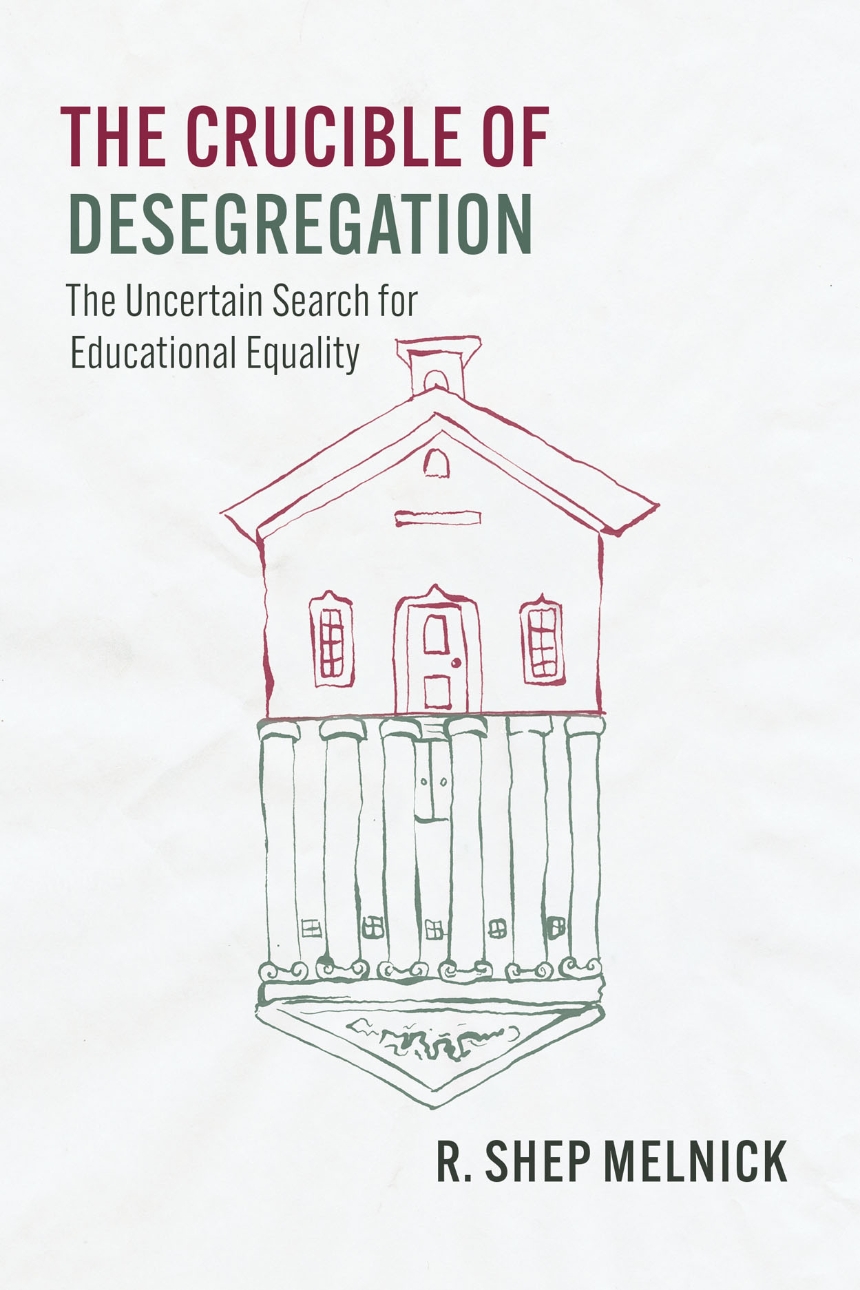The Crucible of Desegregation
The Uncertain Search for Educational Equality
The Crucible of Desegregation
The Uncertain Search for Educational Equality
In 1954, the Supreme Court delivered the landmark decision of Brown v. Board of Education—establishing the right to attend a desegregated school as a national constitutional right—but the decision contained fundamental ambiguities. The Supreme Court has never offered a clear definition of what desegregation means or laid out a framework for evaluating competing interpretations. In The Crucible of Desegregation, R. Shep Melnick examines the evolution of federal school desegregation policy from 1954 through the termination of desegregation orders in the first decades of the twenty-first century, combining legal analysis with a focus on institutional relations, particularly the interactions between federal judges and administrators. Melnick argues that years of ambiguous, inconsistent, and meandering Court decisions left lower court judges adrift, forced to apply contradictory Supreme Court precedents in a wide variety of highly charged political and educational contexts. As a result, desegregation policy has been a patchwork, with lower court judges playing a crucial role and with little opportunity to analyze what worked and what didn’t. The Crucible of Desegregation reveals persistent patterns and disagreements that continue to roil education policy.
336 pages | 1 line drawings, 4 tables | 6 x 9 | © 2023
Chicago Series in Law and Society
Education: Education--Economics, Law, Politics, History of Education
Political Science: American Government and Politics, Race and Politics
Reviews
Table of Contents
1 Why Desegregation Still Matters
2 The Great Debate
3 Critical Junctures
4 Breakthrough: The Reconstruction of Southern Education
5 Supreme Abdication
6 Left Adrift: Desegregation in the Lower Courts
7 Varieties of Desegregation Experiences
8 Termination without End
9 Looking Beyond Courts: ESEA and Title VI
10 What Have We Learned?
Notes
Index
Awards
Choice Magazine: CHOICE Outstanding Academic Title Awards
Won
APSA Education Politics and Policy Section: Jeffrey R. Henig Best Book on Education Politics and Policy
Won
